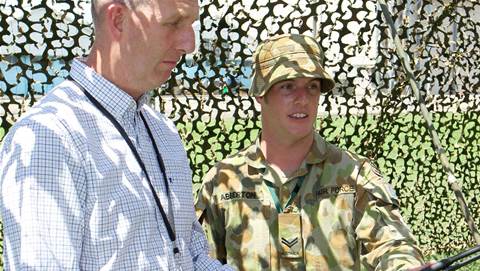These probes can be applied to write and read in new storage media with an extremely high density, using bits on a nanometre scale.
Le Fèbre, a scientist at the University of Twente's MESA+ research institute, said that being able to control the position of each separate probe is essential for realising a system with extremely high densities.
The measurements show that a field-emission current signal can be used to adjust the position of the probes without them making direct contact with the storage medium.
If a constant current is maintained and the applied voltage is varied, the distance between the probe apex and the storage medium can be adjusted from several nanometres to about 100 nanometres.
The resolution is sufficient for a probe-based storage system. However, le Fèbre warned that, for practical applications, the current stability and the lifetime of the probes will need to be improved so that the accuracy and reproducibility of positioning can be increased.


_(22).jpg&h=140&w=231&c=1&s=0)
_(20).jpg&h=140&w=231&c=1&s=0)
.png&h=140&w=231&c=1&s=0)





 iTnews Executive Retreat - Security Leaders Edition
iTnews Executive Retreat - Security Leaders Edition












_(1).jpg&h=140&w=231&c=1&s=0)



